Wetlands provide free services that are valued by people such as filtering pollution, storing water for stream flow during dry periods, and providing habitat for animals we like to see or hunt. Different wetlands provide services differently. Because wetlands are regulated under the federal Clean Water Act, methods have been devised to maintain and compensate for valuable services when wetlands are filled by permit.
Wetlands are therefore classified into different wetland types in order to help understand which free services they provide to what extent. In the Cook Inlet Lowlands, a system for classifying wetlands was devised using two parts. The first part is based on where the wetland occurs in relation to features on the ground; features such as slopes, glacial moraines, and depressions. The other part of the classification is based on the depth and variability of the water table within a wetland. For example a wetland in a closed depression with a water table that drops substantially during the growing season is classified as a D4. “D” for Depression and “4” for a water table that varies substantially during the growing season. Black spruce forests often occur in these types of wetlands. At the other end of the spectrum, a wetland classified as a D1 has surface water present for the entire growing season; a pond in a depression. The soils under a black spruce forest may filter water pollution effectively, while a pond in a depression might provide good habitat for ducks.

Descriptions of the different types of wetlands found on the Cook Inlet Lowlands are provided via the links below:
- Lakebed Wetland
- Riverine Wetland
- Depression Wetland
- Tidal Wetland
- Kettle Wetland
- Discharge Slope Wetland
- Drainageway Wetland
- Spring Fen
- Headwater Fen
- VLD Trough Wetland
- Late Snow Plateau
- Tidally-Influenced Drainageway
- Wetland-Upland Complex
- Abandoned Meander Terraces
- Floating Island Wetland
- Disturbed Wetland


